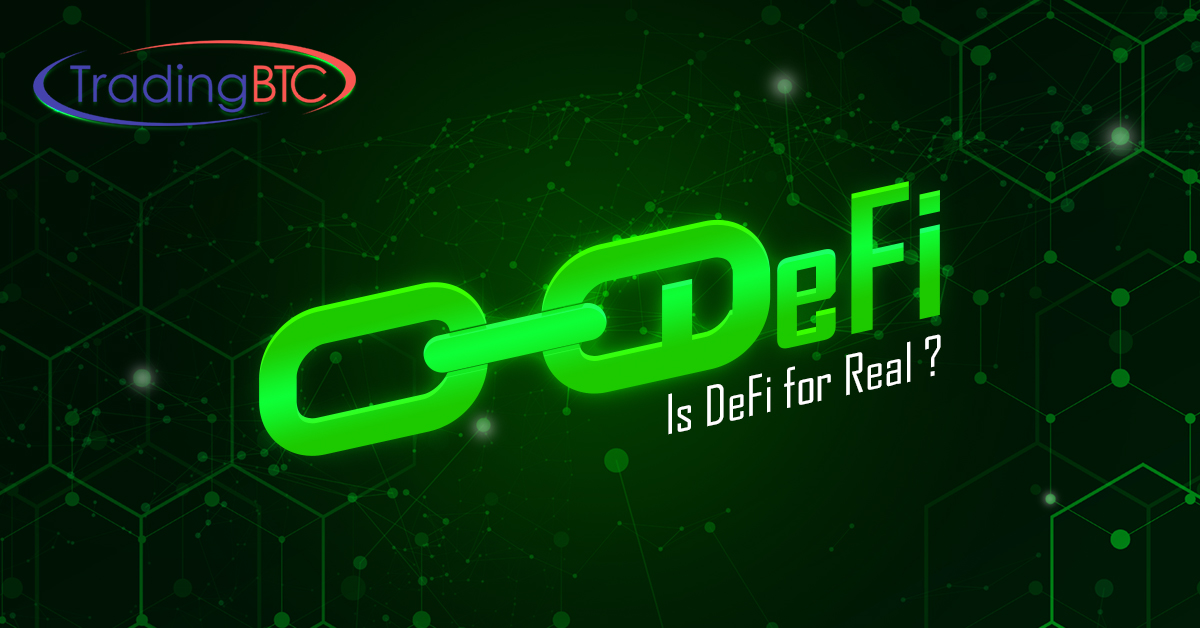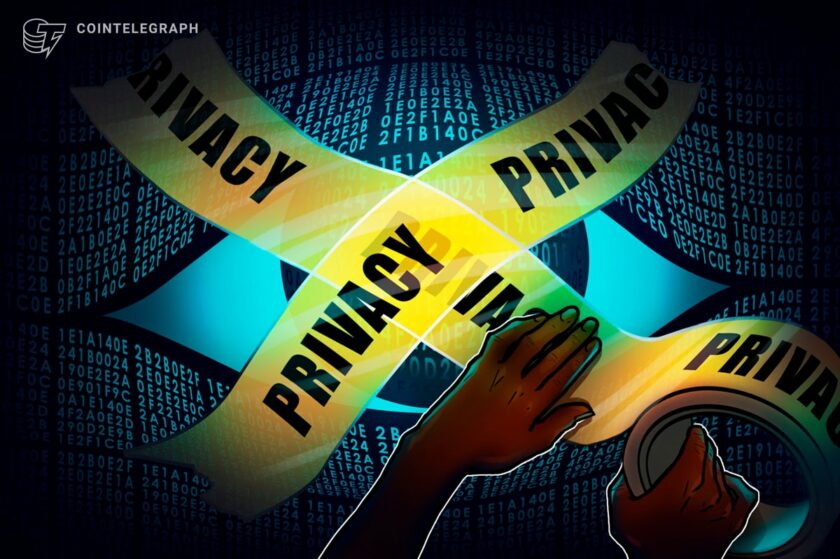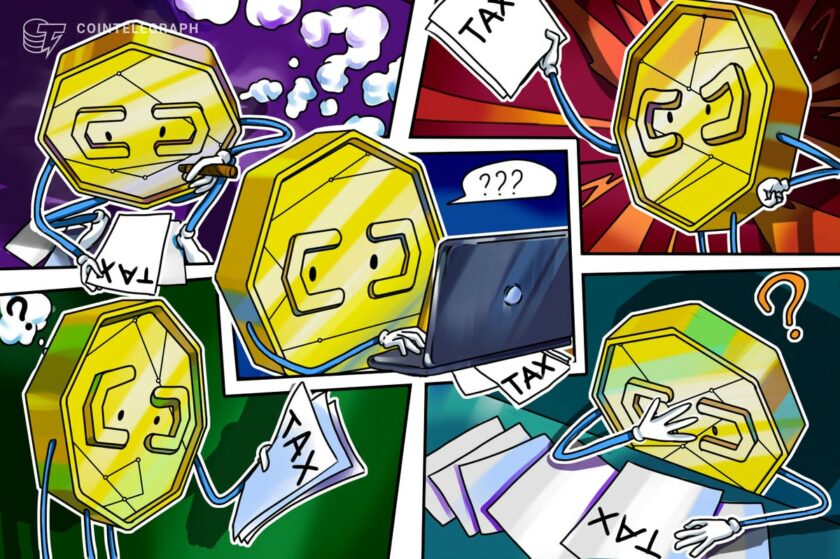What Is DeFi And What Is It Used For?
Decentralized Finance or DeFi has several use cases today, but the technological and regulatory frameworks needed to mainstream it are yet to evolve.
DeFi is a novel way of approaching financial transactions that removes the need for custodial and third party agencies between any two users in a transaction. Traditional banks and financiers are no longer needed for financial dealings in DeFi, allowing it to offer more choices for secure transfers to a wider customer base.
Users can choose from several dApps or decentralized apps that do not require detailed ‘Know Your Customer’ data (KYCs). As a result, DeFi can reach more people including those who currently do not have a bank account. Since hefty banking fees are eliminated, the cost of a transaction (gas) is low, and since DeFi uses blockchain technology, all dealings are transparent and public.
Nonetheless, DeFi faces some challenges, including regulatory clarity as central banks and governments are yet to adopt a governing policy concerning DeFi. Other challenges relate to rising gas costs, technological risks related to hacking and malware, and the difficulty of making reliable and tamper-proof connections to real-world transactions and events.
Not Just A Digital Currency
DeFi started out as a way of filling gaps left by digital assets like Bitcoin that merely seek to be currencies. Like Bitcoin, DeFi is financial software run on a blockchain that makes every transaction tamper-free, pseudonymous, and public. Both Bitcoin and dApps replace people who make a note of financial transactions with a digital ledger that records every transaction forever.
However, Bitcoin, which is merely a cryptocurrency that uses a peer-to-peer system of network nodes, relies on centralized mechanisms such as exchanges and wallets. DeFi tries to eliminate that through smart contracts and by removing technological barriers to entry for everyone. Smart contracts are protocols that are automated and fulfilled when certain conditions are fulfilled. Anyone with a computer and a network connection can make or enter into a smart contract with another user. This removes all third party or centralized controls.
DeFi runs mostly on the Ethereum blockchain that was proposed by Vitalik Buterin in 2013 as a way of seeing how blockchain technology can be used for more than just digital currencies. Today, a whole range of financial services is available through dApps, ranging from deposits and custody to purchase, lending, trading, and trust services. If users don’t like existing dApps, they can create their own.
This is radically different from the trust-based legacy financial infrastructure that relies on arbitrary rules to ensure compliance and authenticity.
The Several Use Cases of DeFi:
DeFi uses the Ethereum blockchain and places transactions on a public digital ledger that is tamper-free.
By removing the requirement for background information, smart contracts on DeFi make financial instruments available to all, not just to those with a bank account.
Smart contracts also remove the need for a trusted agent and this results in lower transaction fees. Though gas has been increasing due to the higher competition for Internet resources, users who are willing to wait longer can lower their gas fees.
Since the transaction history is preserved on the Ethereum blockchain, it is much faster and cheaper to assess the health of a financial instrument.
For example, collateralization is an important part of DeFi since there is no custodian who can guarantee a transaction. The collateralization of a DeFi token can be through stablecoins or other coins such as ETH or even real-world assets that are securitized and made available on DeFi.
The very first DeFi protocol, by MakerDAO, uses ETH as collateral for its digital currency DAI with a collateralization ratio of 150%.
While in traditional legacy models, overleverage or lower collateralization would be discovered after several days of screening the records, it can now be discovered instantaneously. So if MakerDao’s DAI is overleveraged and the collateralization ratio is lower than 150%, it would be immediately apparent to anyone on the network on etherscan. It is as simple as that.
DeFi allows dApps to work with each other. For example, a user can convert some of their Ethereum tokens ETH to the stablecoin DAI on the decentralized exchange Uniswap and place it in the money market protocol Compound and earn interest. Or they can leave it in a pool on Uniswap and benefit from a share of trading fees. Rather like lego bricks, smart contracts can be combined in different ways.
The Challenges to DeFi Adoption:
DeFi is clearly in a nascent stage. With $9.5 billion total locked in value, it is about the size of a mid-cap company. Even as more dApps enter the market that provide financial solutions ranging from exchanging value to lending and investing, DeFi has already seen several black swan events that saw the price of DeFi tokens plunging. Uniswap’s UNI, Aave’s LEND, and Yearn.Finance’s YFI are some of the DeFi tokens that have taken a beating of over 40% recently. The high volatility of DeFi tokens indicates a high degree of speculation in the market that may not be everyone’s cup of tea. Smart contracts also come with their own risks such as bugs. Yam’s massive failure due to a bug is a case in point.
Scaling DeFi to when it will impact every vector in the financial industry also brings up a few challenges:
1. The continued reliance on fiat:
Converting fiat to crypto and vice versa calls for a lot of time and energy. Faster and easier conversions will be critical to achieve scale.
2. Smart contracts depend on data from the real world.
Connecting on-blockchain protocols with off-blockchain data is a central problem that affects all DeFi coins, platforms, and exchanges.
Chainlink, a token on the Ethereum network, develops oracles that seek to act as intermediaries between the blockchain and the real world. Chainlink offers off-chain connectivity through the consensus mechanisms that on-chain smart contracts use, avoiding failures due to one node. For example, Chainlink can access the data feed from any API at any node.
3.Security challenges due to hacking and malware pose inherent risks to DeFi.
Since DeFi protocols are public codes, they are open to cyber attacks. In 2019, Binance reported a theft of $40 million in a single hacking incident.
Typically the risk from hackers is addressed through audits that check for ‘Proof of Reserves’. Kraken, Bitbuy, and other decentralized exchanges have successfully tested and have not lost customers’ assets so far.
Efforts are also on to come up with smart contract insurance products that will protect customers in the case of several mishaps ranging from insolvency and bugs to theft. Nexus Mutual allows users to share the risk of default or theft without using an insurance company.
While these dApps are being developed to address the glitches in DeFi, the eventual shape of things to come depends on regulatory action, effective protection of the consumer and the ability to handle increasing traffic at low cost.

Avid and curious FinTech researcher, fluent writer, deep experience in financial research.




… [Trackback]
[…] Info on that Topic: tradingbtc.com/2020/09/24/is-defi-for-real/ […]
… [Trackback]
[…] Find More here on that Topic: tradingbtc.com/2020/09/24/is-defi-for-real/ […]
… [Trackback]
[…] Read More on that Topic: tradingbtc.com/2020/09/24/is-defi-for-real/ […]
… [Trackback]
[…] Read More on on that Topic: tradingbtc.com/2020/09/24/is-defi-for-real/ […]
… [Trackback]
[…] Find More Information here to that Topic: tradingbtc.com/2020/09/24/is-defi-for-real/ […]
… [Trackback]
[…] Find More on that Topic: tradingbtc.com/2020/09/24/is-defi-for-real/ […]
… [Trackback]
[…] Read More Information here to that Topic: tradingbtc.com/2020/09/24/is-defi-for-real/ […]
… [Trackback]
[…] Find More to that Topic: tradingbtc.com/2020/09/24/is-defi-for-real/ […]
… [Trackback]
[…] Read More on to that Topic: tradingbtc.com/2020/09/24/is-defi-for-real/ […]
… [Trackback]
[…] Read More on on that Topic: tradingbtc.com/2020/09/24/is-defi-for-real/ […]
… [Trackback]
[…] Information to that Topic: tradingbtc.com/2020/09/24/is-defi-for-real/ […]